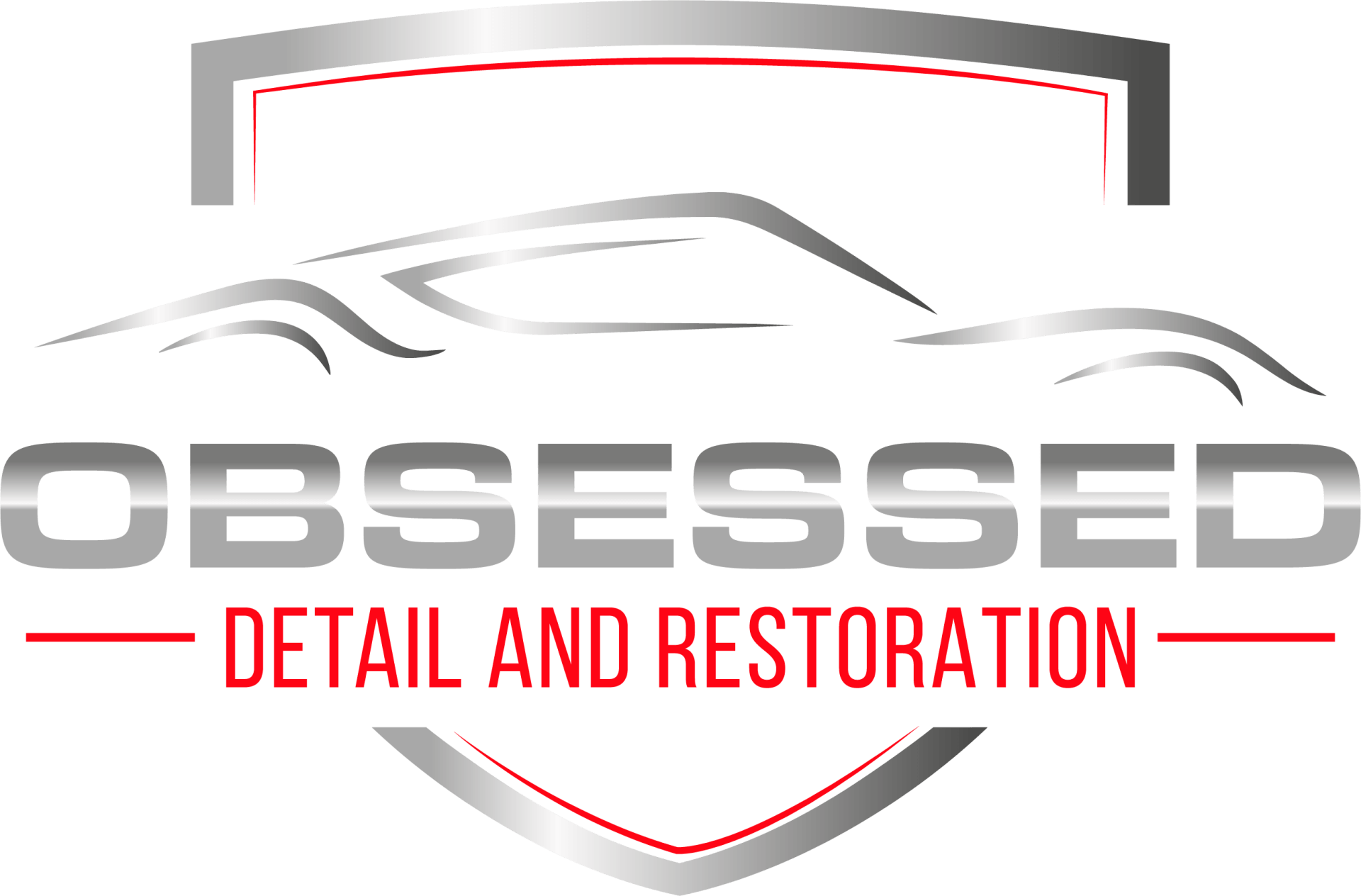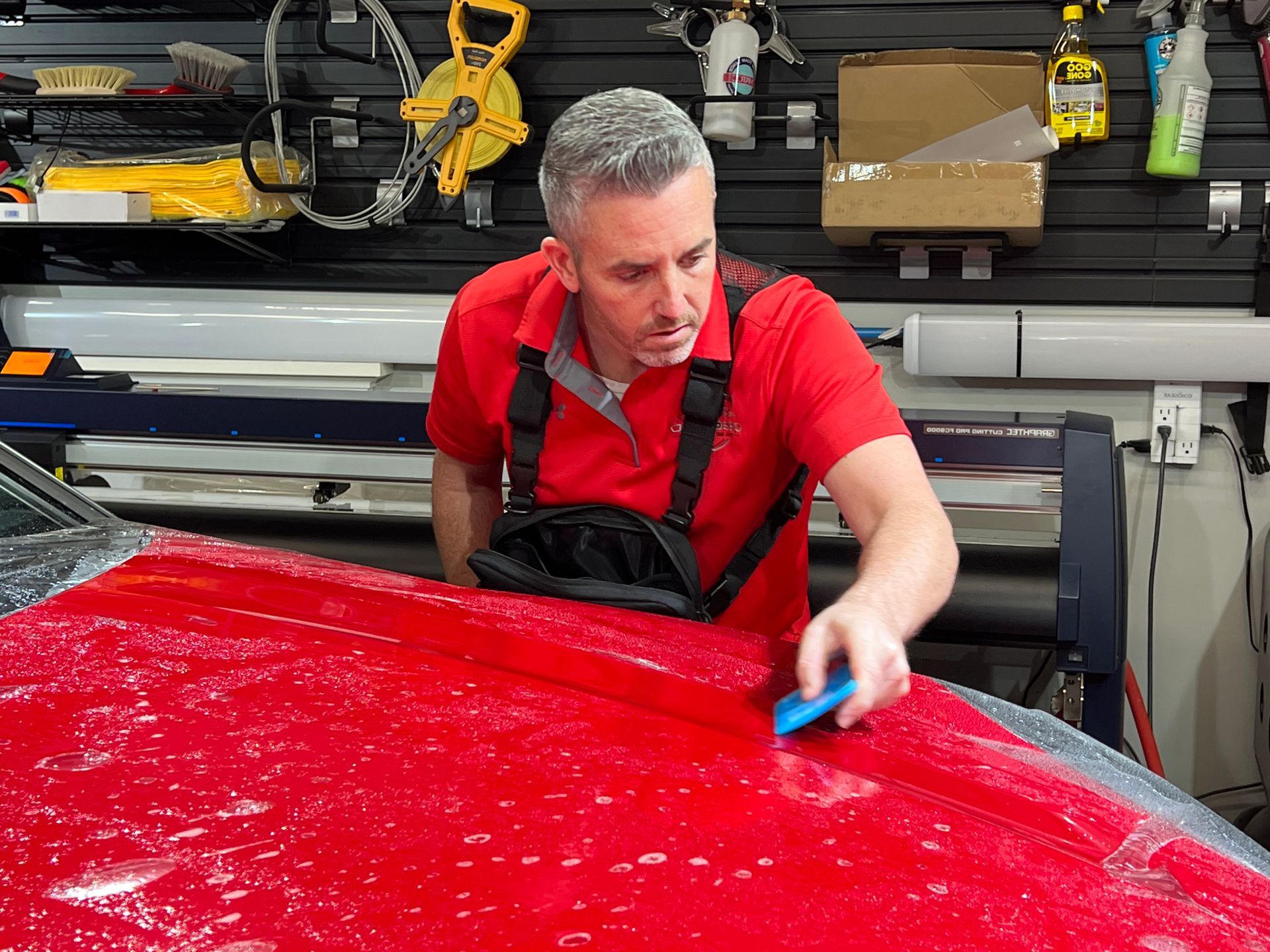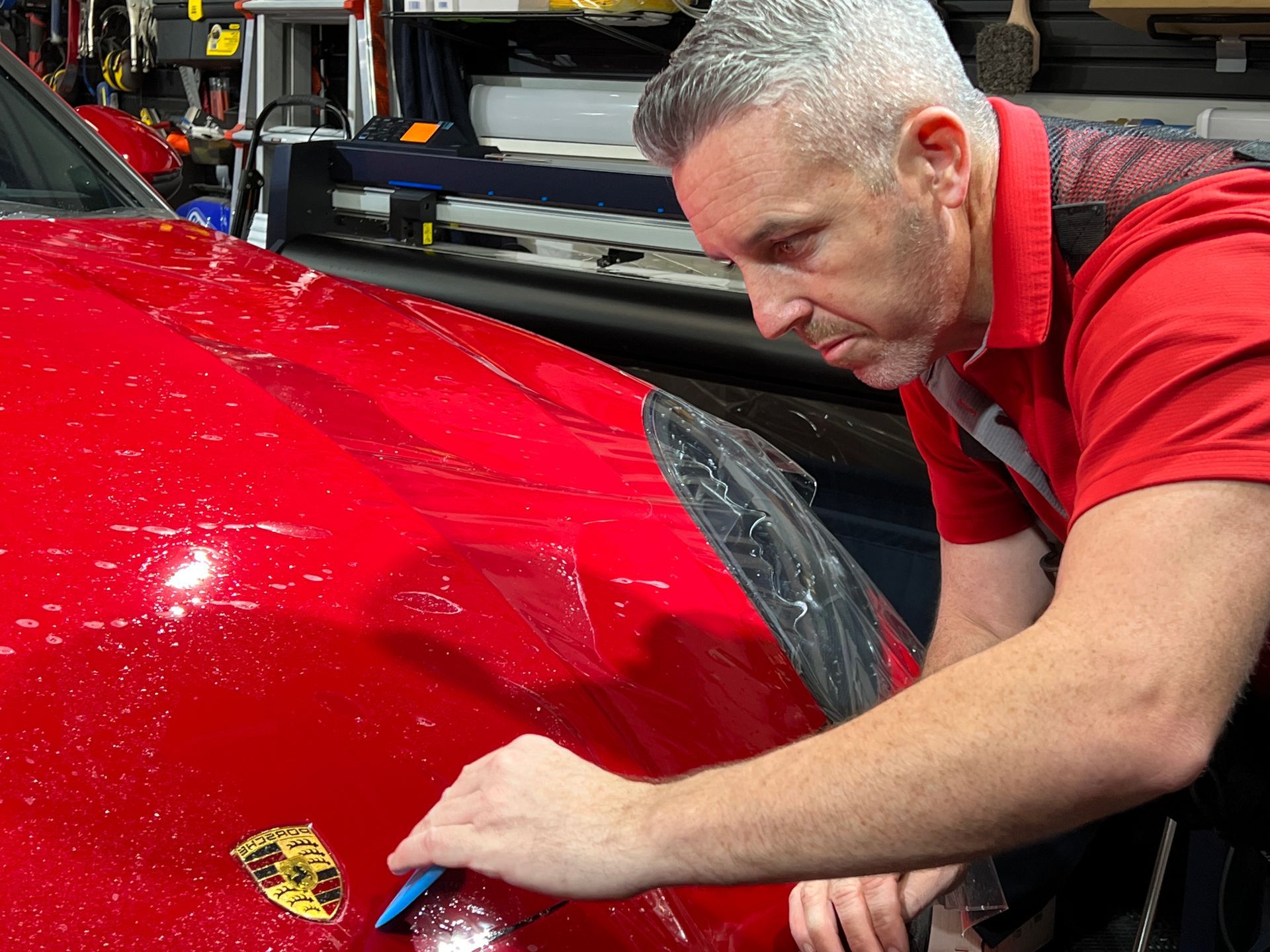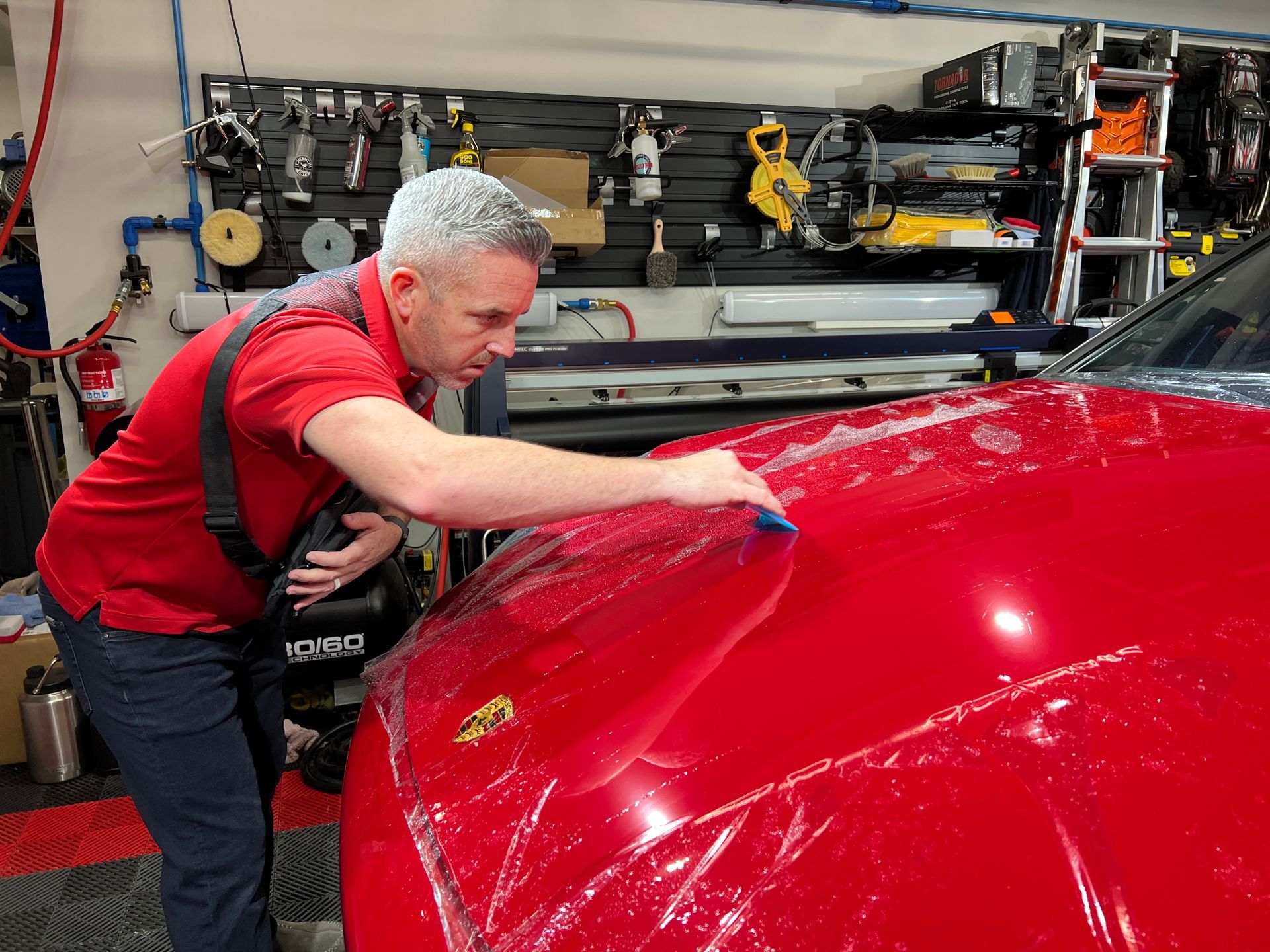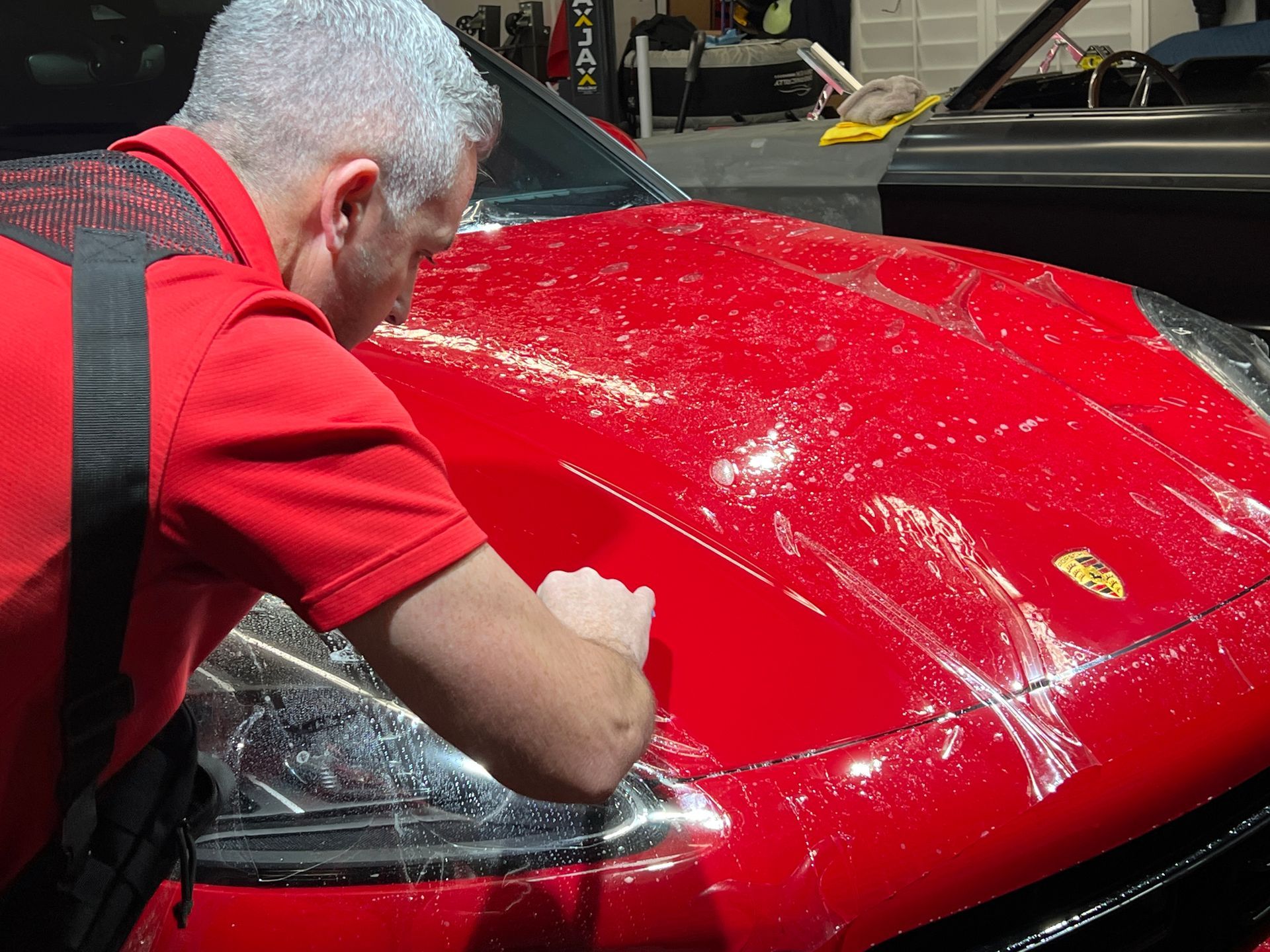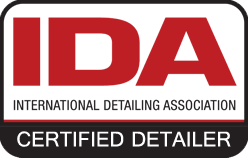The Impact of UV Light Exposure on the Lifespan of PPF: How to Protect Your Automotive Investment
UV light plays a significant role in reducing the life period of a car's paint protection film. It slowly disassembles the shield, lessening its ability to protect the automobile's paint from deteriorating. Yet, a seemingly unlikely factor of focus, such as considering the time and intensity of your car's sun exposure, helps extend the robustness of PPF. So it's not just about having a paint protection film; it's how you manage it daily that matters most.
Exposure to UV light can degrade the adhesive properties of PPF over time, potentially leading to discoloration and reduced effectiveness in protecting the vehicle's paint. To mitigate this, it is crucial to use high-quality paint protection film products that offer enhanced UV resistance and, when possible, park the vehicle in shaded areas or use a car cover to minimize direct UV exposure.
Overview of UV Light and PPF Lifespan
When it comes to preserving the look and value of your vehicle, UV light exposure can be a significant adversary. UV radiation is present in sunlight and can cause degradation not only to the paint on your car but also to the protective film covering it. Understanding the impact of UV radiation on the paint protection film is vital for ensuring that your vehicle's exterior remains well-maintained. To comprehend this further, it's helpful to know that UV light contains energy that can initiate chemical reactions in the molecules of PPF. Over time, this can lead to molecular changes, resulting in discoloration, brittleness, and reduced protective abilities.
Effects of UV Exposure on PPF Lifespan
A paint protection film is designed to shield the vehicle from various external elements, but prolonged exposure to UV radiation accelerates its aging process. The impact of UV exposure on PPF lifespan can result in several concerning developments:
- Yellowing: UV light can cause the film to take on a yellowish tint, impacting its transparency and diminishing the aesthetic appeal of the vehicle.
- Bubbling or Peeling: Excessive UV exposure can lead to the formation of air pockets between the film and the car's surface, causing bubbling or peeling.
- Cracking: UV radiation-induced molecular breakdown can cause small cracks in the vehicle’s paint protection film.
- Edge Lifting: The edges of the film may start lifting due to prolonged exposure to UV light, compromising its protective coverage.
This understanding highlights the critical nature of protecting paint protection film from prolonged UV exposure. It emphasizes how regular maintenance and proactive measures are essential for mitigating these adverse effects on the film's lifespan.
Factors Determining PPF Lifespan
The lifespan of paint protection film depends on several crucial factors, each impacting its durability and resilience.
Quality of Installation
The level of skill and precision during the paint protection film installation significantly influences its longevity. A well-installed film is less susceptible to premature degradation. Professional installation is paramount for precise planning, careful preparation of the vehicle's surface, and custom-fitting the film to ensure comprehensive protection—safeguarding your PPF investment for the long term.
Brand Quality
The brand quality of the paint protection film also plays a pivotal role in determining its lifespan. High-quality PPF from reputable brands tends to outlast lower-quality alternatives. Most renowned brands pride themselves on their exceptional durability, clarity, and resilience, which translate to extended protection for your vehicle’s paint. Moreover, reputable brands often provide warranties, demonstrating their confidence in the film's durability and providing assurance regarding its longevity and performance.
Maintenance
Regular maintenance and proper care can significantly extend the lifespan of the paint protection film. Simple practices such as regular cleaning with a pH-neutral cleaner and warm water, avoiding harsh chemicals, parking under shade or using car covers to minimize UV exposure, and performing bi-annual inspections can preserve the PPF's quality and protective properties.
Environmental Factors
Environmental conditions have a pivotal impact on the longevity of PPF. Exposure to harsh sunlight, extreme temperatures, and other environmental elements can accelerate wear and tear on the film. Taking preventive measures such as parking under shade or using car covers to minimize UV exposure can shield your paint protection film from detrimental environmental effects.
Understanding these factors not only empowers informed decisions regarding PPF but also underscores the importance of professional installation, brand quality, proactive maintenance, and environmental awareness in maximizing the lifespan of your automotive investment.
The Impact of UV Light on PPF
UV light is like sunshine, right? It makes things warm and bright. But just like too much sun can harm your skin, it can also damage things like your car's protective film. Let's delve into how and why.
When UV light hits your car, the energy from the sunlight breaks down the chemical bonds in the PPF. This isn't good because it causes different problems. The most noticeable issue is yellowing and discoloration. This is especially troublesome because not only does it make your car look less attractive, but it also makes it harder for you to see clearly through the film. Imagine if you had sunglasses that turned yellow or brown over time—not great for sunny days! Similarly, with the PPF on your car, UV exposure affects its ability to protect the paint underneath. Think of it as putting cloudy glasses over a beautiful painting—it's still meant to be seen and appreciated, but now there's a layer causing problems.
Apart from just looking bad, when the chemical bonds in the film break down, they lose some of their strength. This means that the film becomes more susceptible to tearing and scratching, which can leave your car's paint vulnerable to all sorts of damage. It's like having a shield that's getting old and weak—it doesn't do its job very well anymore. If you're out adventuring and run into rocks or debris on the road, those scratches might go through the worn-out film and hurt your car. So, remember, while UV light makes everything warm and bright, it also breaks down your protective film. Taking care of it is like putting sunscreen on before going out in the sun; it keeps you safe and looks good.
Early Signs of UV-Induced PPF Damage
When you've invested in protecting your car's paint with PPF, it's crucial to recognize the early signs of damage.
- Yellowing and fading: If the clear layer of paint protection film starts to develop a yellow or faded hue, this strongly indicates that UV rays have begun to break down the film. This not only diminishes the aesthetic appeal of your car but also points to reduced protection for the underlying paint.
- Bubbling and peeling: Another significant telltale sign of UV-induced damage is the presence of bubbles or areas where the film is starting to peel away from the surface. These areas are particularly vulnerable to further degradation, allowing moisture and grime to accumulate under the film, exacerbating the damage. While small bubbles may seem inconsequential at first glance, they can rapidly grow into larger blemishes that compromise the integrity of the PPF.
- Roughness, cracks, and blemishes: Aside from these visual cues, it's essential to be proactive in assessing the condition of the PPF by running your fingers over its surface. Any roughness, cracks, or blemishes that were not present during its initial installation could signal UV-induced damage. The protective qualities of the film may have been compromised, leaving your car's paint susceptible to harm from environmental elements.
It's important not to overlook these early signs, as they can escalate if left unaddressed, leading to costly consequences such as having to reapply a new paint protection film or undertaking complex paint restoration procedures. Recognizing these early signs of damage equips you to take timely action and protect your automotive investment effectively.
Enhancing PPF Lifespan Through Maintenance
Just like any other valuable asset, maintaining your car's paint protection film is crucial to extending its longevity. Here are some effective strategies to keep your paint protection film in top condition, minimizing the impact of UV exposure and ensuring long-lasting protection for your vehicle.
- Regular Cleaning: Regular cleaning is not just for aesthetic purposes; it's essential for preserving the functionality and appearance of your paint protection film. Using a pH-neutral cleaner and warm water is an effective way to remove contaminants without damaging the film. Dirt, grime, and other environmental pollutants that accumulate on the surface can create a barrier, hindering the film's ability to shield the paint from harmful UV rays. Proper cleaning involves gentle techniques to avoid mechanical stress on the film.
- Avoiding Harsh Chemicals: It's imperative to refrain from using cleaning products containing abrasive materials or harsh chemicals. These substances can accelerate the degradation of PPF under UV light exposure, compromising its ability to provide an effective barrier against external elements. Aggressive cleaners can alter the molecular structure of the film, reducing its durability and visual clarity. Understanding the composition of cleaning agents is crucial to ensuring they don't harm the protective properties of the film.
- Protective Measures: In addition to cleaning, implementing protective measures against direct UV exposure is paramount for maintaining the integrity of your paint protection film. Parking your vehicle under shade whenever possible or utilizing a car cover shields the PPF from intense sunlight, reducing the impact of UV rays. Since prolonged exposure to UV light is a primary factor in paint protection film degradation, these preventive actions are instrumental in enhancing its longevity.
- Bi-Annual Inspections: Regular assessments are essential for proactive maintenance. By performing bi-annual inspections, you can promptly identify any signs of damage or wear on the film's surface. Early detection allows for timely remedial action, averting potential issues before they escalate into more extensive damage requiring costly repairs. These inspections involve a comprehensive evaluation of the entire film surface for indications such as yellowing, bubbling, peeling, scratches, or edge lifting. By addressing these concerns early on, you can effectively preserve the protective capabilities of your PPF and sustain its visual appeal for an extended period of time.
By integrating regular cleaning practices, avoiding harsh chemicals, implementing protective measures, and conducting bi-annual inspections, you can significantly enhance the lifespan of your PPF while safeguarding your automotive investment against the detrimental effects of UV exposure. Preserving the quality of your paint protection film not only ensures lasting protection for your vehicle but also saves you from potential repair costs down the road. Your proactive approach to maintenance will undoubtedly pay off in the long run.
Optimal Paint Protection Film Service in South Jordan, UT
Protect your vehicle from the harsh effects of UV rays with Obsessed Detail and Restoration's top-tier optimal paint protection film service in South Jordan, UT. Our expert team ensures your car’s paint remains flawless and vibrant, shielding it from the sun’s damaging rays and everyday wear and tear. Don’t let UV exposure fade your car’s beauty; contact Obsessed Detail and Restoration today to schedule your appointment and give your vehicle the ultimate protection it deserves. Call us at (801) 708-9059 to get started!
